
WDW Grand Floridian and DLP Disneyland Paris Hotel are among the most beloved Disney theme parks hotels and thanks to today's article you'll learn which is the legendary hotel that served as inspiration to WDI Imagineers.
I learned not too long ago from a good friend Imagineer that the Hotel Del Coronado near San Diego IS the hotel - with these distinctive red roofs - that inspired WDI Imagineers for the WDW Grand Floridian, the Disneyland Paris Hotel, and probably also for the HKDL Hotel. At least for the outside look of them as the inside of the Del Coronado is pretty different than the Disney hotels, as you will see.
Let's learn more about the history of the legendary Del Coronado hotel which opened in 1888, thanks to Wikipedia and don't go away as you'll also learn at the end how you can stay at the Del Coronado for half of the price of the Grand Floridian or the Disneyland Paris Hotel which were inspired by it!
The Hotel del Coronado is a historic beachfront hotel in the city of Coronado, just across the San Diego Bay from San Diego, California. It is one of the few surviving examples of an American architectural genre: the wooden Victorian beach resort. It is the second largest wooden structure in the United States (after the Tillamook Air Museum in Tillamook, Oregon) and was designated a California Historical Landmark in 1970 and a National Historic Landmark in 1977.

When it opened in 1888, it was the single largest resort hotel in the world. It has hosted presidents, royalty, and celebrities through the years. The hotel has been featured in numerous movies and books, and received a Four Diamond rating from the American Automobile Association and was once listed by USA Today as one of the top ten resorts in the world.

In the mid-1880s, the San Diego region was in the midst of one of its first real estate booms. At that time, it was common for a developer to build a grand hotel as a draw for what would otherwise be a barren landscape. The Hollywood Hotel in Hollywood, California, the Raymond Hotel in Pasadena, the Hotel Del Monte in Monterey, and the Hotel Redondo in Redondo Beach, California, were similar grand hotels built as development enticements during this era.

In April 1886, Babcock and Story created the Coronado Beach Company, after which they established a number of additional enterprises to support the development of Coronado. The Coronado Ferry Company built wharves and storage facilities and developed ferryboat service between Coronado and San Diego; The Coronado Water Company piped fresh water under San Diego Bay from the San Diego River; The Coronado Railroad Company provided rail lines in Coronado and eventually a "Belt Line" connected Coronado to San Diego via the Strand. Hotel del Coronado also boasted one of the largest electrical power plants in the state, providing service to the entire community of Coronado until the 1920s.

Above, restored photochrom print of Hotel del Coronado by William Henry Jackson, c. 1900
The men hired architect James W. Reid, a native of New Brunswick, Canada, who first practiced in Evansville and Terre Haute. His younger brother Merritt Reid, a partner in Reid Brothers, the Evansville firm, stayed in Indiana, but brother Watson Reid helped supervise the 2,000 laborers needed.
Babcock's visions for the hotel were grand: "It would be built around a court... a garden of tropical trees, shrubs and flowers,... From the south end, the foyer should open to Glorietta Bay with verandas for rest and promenade. On the ocean corner, there should be a pavilion tower, and northward along the ocean, a colonnade, terraced in grass to the beach. The dining wing should project at an angle from the southeast corner of the court and be almost detached, to give full value to the view of the ocean, bay and city."

Construction of the hotel began in March 1887, "on a sandspit populated by jack rabbits and coyotes". If the hotel were ever to be built, one of the numerous problems to overcome was the absence of lumber and labor in the San Diego area. The lumber problem was solved with contracts for exclusive rights to all raw lumber production of the Dolbeer & Carson Lumber Company of Eureka, California, which was one of the West's largest. Planing mills were built on site to finish raw lumber shipped directly from the Dolbeer & Carson lumber yards, located on the shores of Humboldt Bay. To obtain brick and concrete, Reid built his own kilns. He also constructed a metal shop and iron works.
Labor was provided largely by Chinese immigrants from San Francisco and Oakland. Landscaping for the hotel was completed by Kate Sessions.

Above, the lobby of the Hotel del Coronado now, much different as you can see than the ones of the Grand Floridian and Disneyland Paris Hotel.

The Crown Room above and below was Reid's masterpiece. Its wooden ceiling was installed with pegs and glue. Not a single nail was used.

Reid's plans were being revised and added to constantly. To deal with fire hazards, a freshwater pipeline was run under San Diego Bay. Water tanks and gravity flow sprinklers were installed. He also built two giant cisterns with concrete walls a foot thick in the basement to store rainwater. Although these cisterns were never used for rainwater, they were reputedly very handy for storing alcoholic beverages during Prohibition. Reid also installed the world's first oil furnace in the new hotel, prompting a Los Angeles oil company to build tankers to carry the oil to Coronado. Electric lighting in a hotel was also a world first. The electric wires were installed inside the gas lines, so if the "new-fangled" electricity didn't work, they could always pipe gas in to illuminate the rooms. Contrary to popular rumor, Thomas Edison was not involved in the installation of The Del's electrical system. The electricity was installed by the Mather Electric Company out of Chicago (sometimes referred to as Mather-Perkins Company). An early Del brochure touted its "Mather incandescent electric lamps, of which there are 2,500." Electricity was still new to San Diego, having been first introduced in 1886.

In 1904, Hotel del Coronado introduced the world's first electrically lit, outdoor living Christmas tree. From the San Diego Union, December 25, 1904: "The tree selected for the honor is one of the three splendid Norfolk Island pines on the plaza [grassy area in front of the hotel]. It has attained a height of fifty feet and its branches stand proudly forth. All day yesterday electricians were busy fitting it up and by night 250 lights of many colors gave beauty to the fine old pine. Lanterns, great and small, hung from its boughs. And now that an open-air Christmas tree had been introduced, it is likely that another Christmas Eve will find many California gardens aglow with light scattered from living foliage."

When the 399-room hotel opened for business in February 1888, 1,440 San Diegans traveled across the bay. Reports of the new grand hotel were wired across the country, but just as the hotel was nearing completion, the Southern California land boom collapsed. Babcock and Story needed additional funds at a time when many people were deserting San Diego. Babcock turned to Captain Charles T. Hinde and sugar magnate John D. Spreckels, who lent them $100,000 to finish the hotel. The Coronado Beach Company was then capitalized with three million United States dollars. The company directors at this time were E.S. Babcock, John Diedrich Spreckels, Captain Charles T. Hinde, H.W. Mallett, and Giles Kellogg.By 1890 Spreckels bought out both Babcock and Story. The Spreckels family retained ownership of the hotel until 1948.
The original grounds had many amenities, including an Olympic-sized salt water pool, tennis courts, and a yacht club with architecture resembling the hotel's grand tower. A Japanese tea garden, an ostrich farm, billiards, bowling alleys, hunting expeditions, and deep sea fishing were some of the many features offered to its guests.
Here are some pictures showing the Del Coronado hotel as it look now.









The popularity of the hotel was established before the 1920s. It already had hosted Presidents Harrison, McKinley, Taft, and Wilson. By the 1920s Hollywood's stars and starlets discovered that 'the Del' was the 'in place' to stay and many celebrities made their way south to party during the 1920s and 1930s, specifically during the era of Prohibition. Douglas Fairbanks, Charlie Chaplin, Rudolph Valentino, Clark Gable, Errol Flynn, Frank Sinatra, Mae West, Joan Crawford, Katharine Hepburn, Bette Davis and Ginger Rogers were a few of the many great players (actors) who stayed at the hotel.

Scenes of Billy Wilder's famous film "Some Like it Hot" with Marilyn Monroe, Jack Lemmon and Tony Curtis were also filmed there.


And now, the good news as you can stay and book a room at the Del Coronado Hotel from $320 - check prices on Agoda HERE - a price much cheaper than WDW Grand Floridian or the Disneyland Paris Hotel - specially if you stay out of the week-end or big holidays dates. Here are some pictures of the rooms with the current decoration.



And yes, the Del Coronado Hotel is certainly also a great place for a wedding or a honeymoon!

Let's end the the article with one more poster for the hotel!

Pictures: copyright Hotel Del Coronado















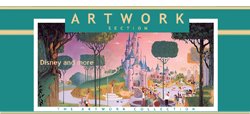
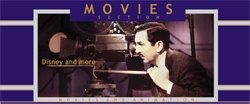











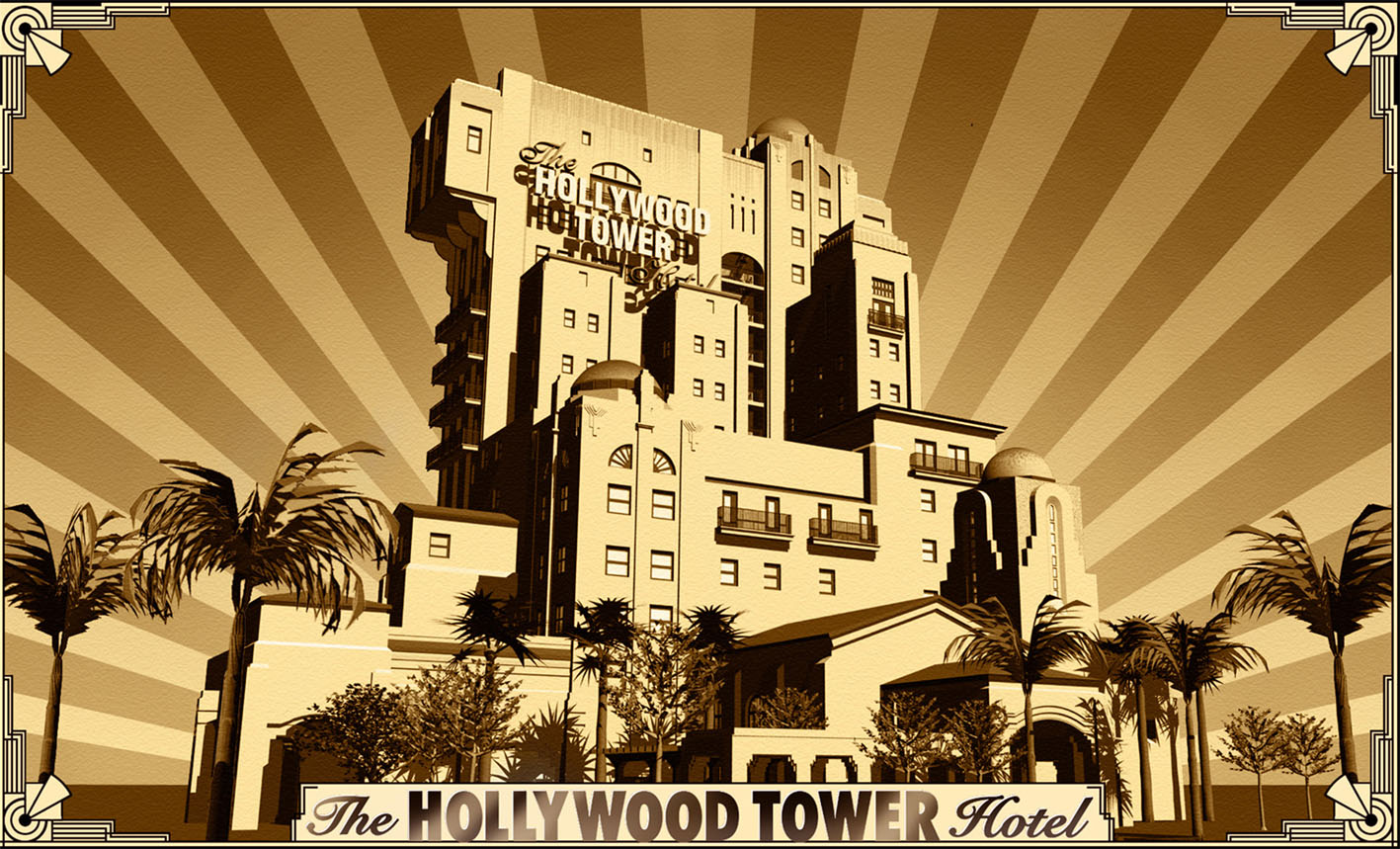



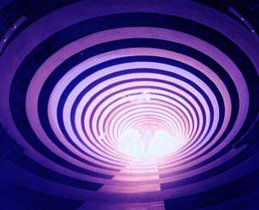
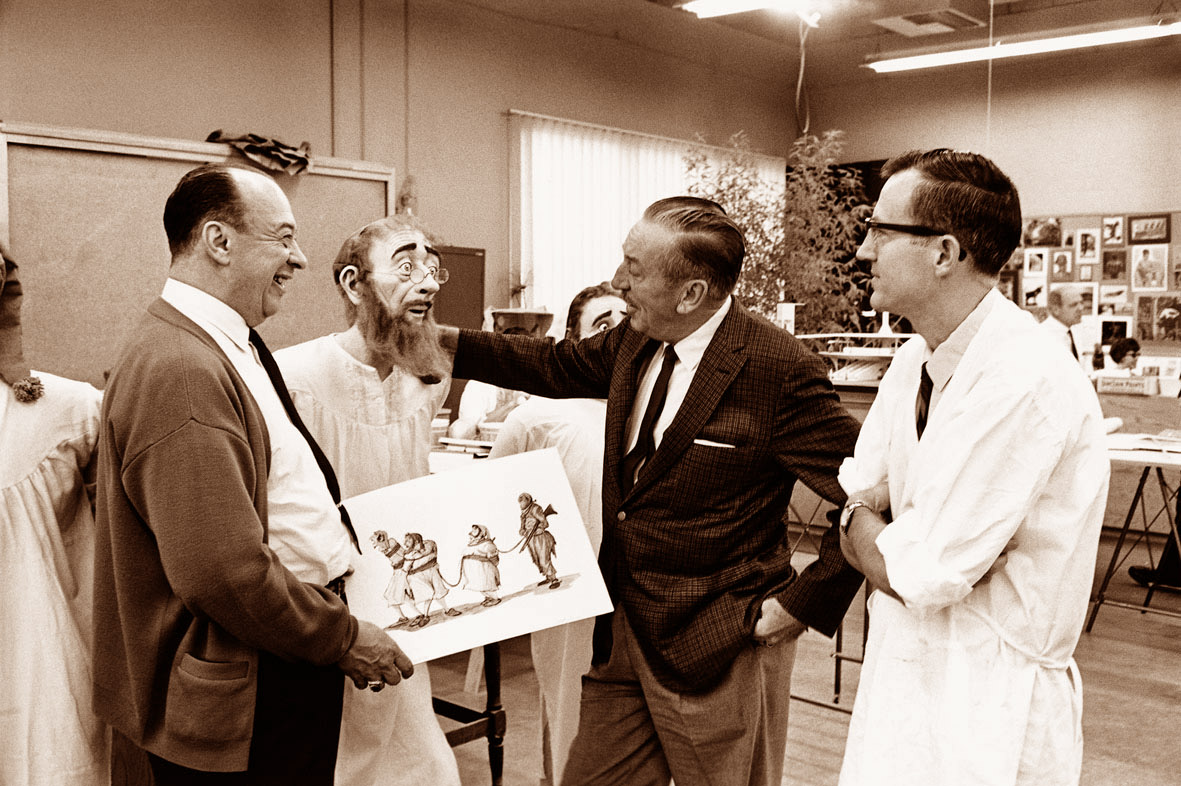
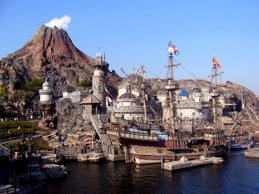

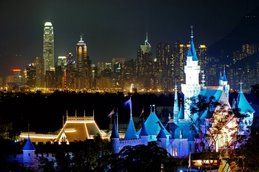











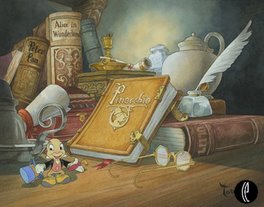
No comments:
Post a Comment